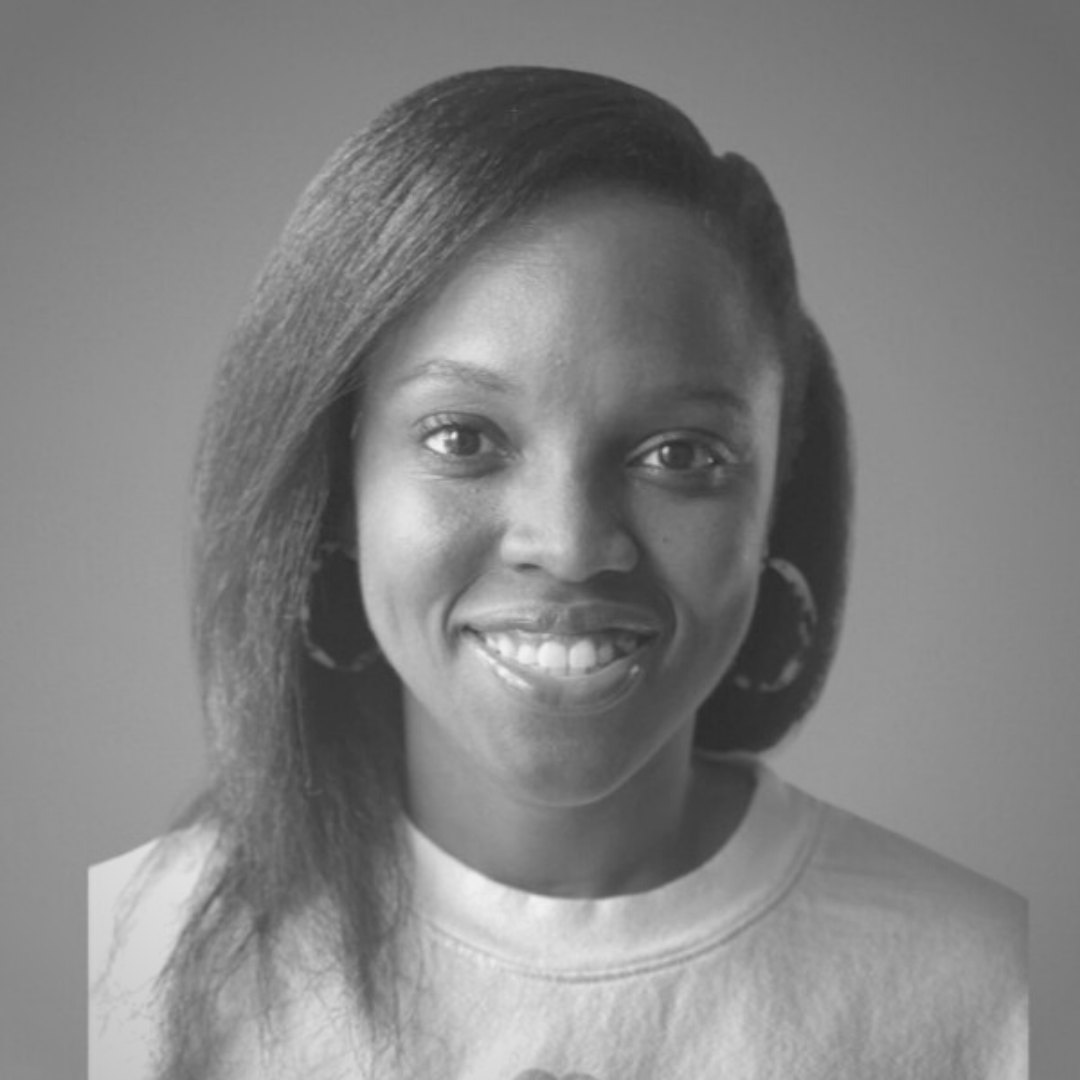


CollegeVine Sr. Product Leader David Prentice shares insights on when to avoid a pivot decision and when to make one.
CollegeVine Sr. Product Leader David Prentice shares insights on 5 types of product pivots and when to make them.
Safetrust CEO Jason Hart discusses how using a startup mindset can help product leaders successfully make a pivot in product market fit.